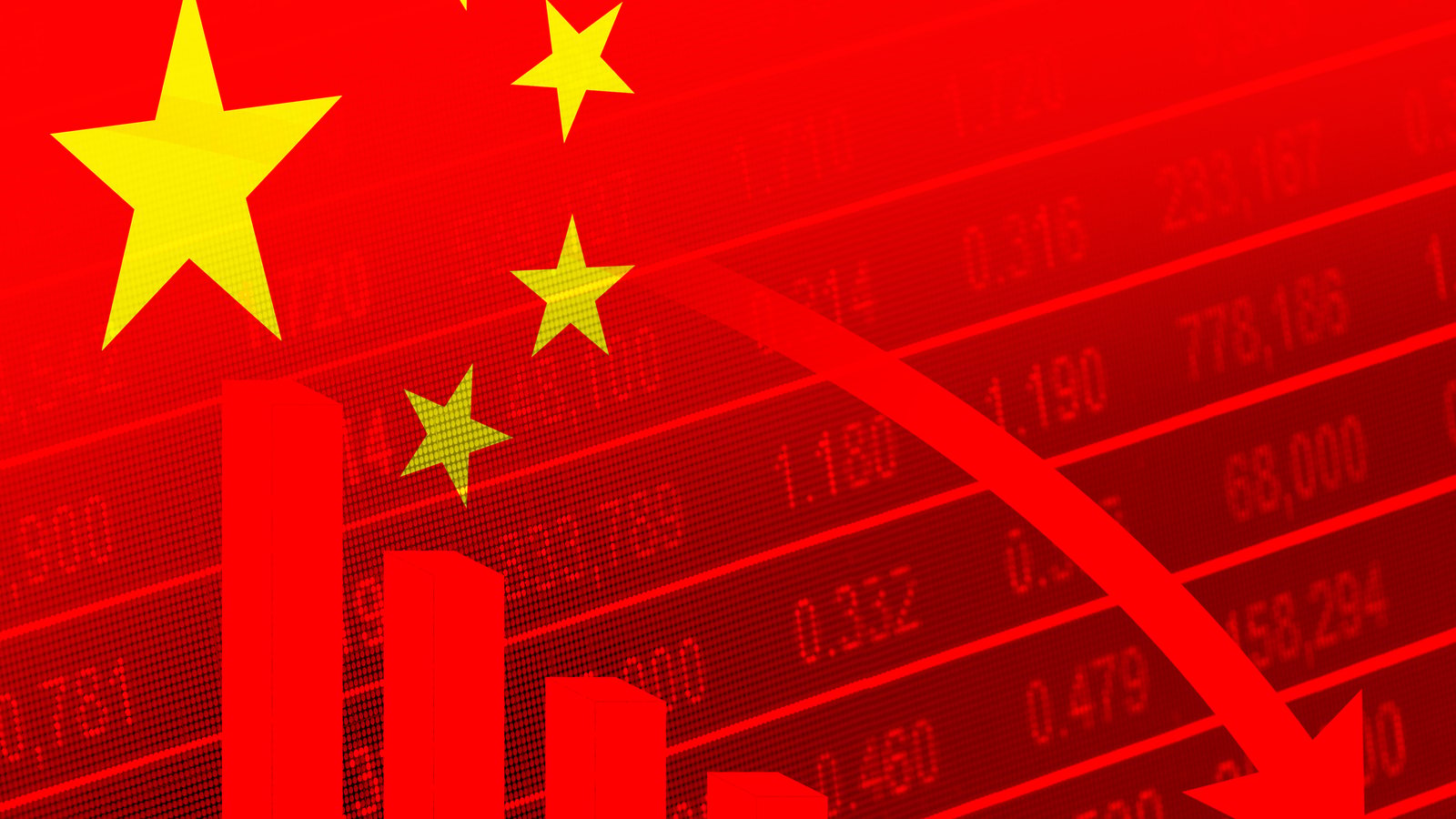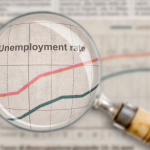
China’s economy, the second largest in the world, is critical to watch entering 2024. The People’s Bank of China (PBoC) is expected to soon announce a GDP growth target for 2024, with speculation centering on a 5% goal. This figure, while lower than the ambitious 6% rates of the past, aligns with the new normal of tempered growth the nation has been experiencing. After all, China’s GDP growth slumped to just 3% in 2022, although it showed signs of resilience with a rebound to 4.9% from Q3 2022 to Q3 2023. The challenge now is to build on this momentum in the face of significant economic headwinds.
The Chinese economy has been grappling with a troubled real estate sector, which has traditionally been a significant growth engine. The sector’s downturn has been compounded by the country’s struggle to reignite growth following the lifting of Covid-19 restrictions. As such, achieving a 5% GDP growth rate may indeed be an ambitious target.
In response to these challenges, the central bank has implemented several minor steps to increase liquidity and stimulate the movement of capital. These measures include cuts to the reserve requirement ratio for banks, designed to free up funds for lending, and targeted support for industries and sectors most affected by the pandemic. However, these interventions have yet to produce a significant impact on the overall economic trajectory.
Could a substantial stimulus package be the key to reaching the 5% growth target?
A major infusion of capital could theoretically jumpstart the economy, but the feasibility of such a move is a question mark. China’s debt levels have surged in recent years, reaching a point where additional borrowing could be imprudent and unsustainable. The country’s total debt-to-GDP ratio has been hovering around a staggering 270%, which includes corporate, household, and government debt.
The Bottom Line
Despite these challenges, China’s economic outlook is not without its bright spots. The country’s vast market, robust manufacturing sector, and significant technological advancements provide a strong foundation for growth. If China can navigate the structural shifts in its economy, such as transitioning from investment-led to consumption-driven growth, it could set the stage for a more sustainable and balanced economic future. This would be positive across the board for global activity, and even help lift U.S. prospects.
Furthermore, its government has shown an ability to implement wide-ranging reforms when necessary. This includes efforts to deleverage the economy, reform state-owned enterprises, and invest in new infrastructure and green technologies. Such reforms could help mitigate the impact of a weaker real estate sector and provide alternative paths to growth.
As the PBoC deliberates on its approach, the world will be watching closely.
The central bank may need to strike a delicate balance between providing enough stimulus to support the economy and avoiding an exacerbation of debt-related risks. China’s economy is at a critical juncture. The PBoC’s anticipated 5% GDP growth target for 2024 reflects a recognition of the new economic realities post-Covid-19. China was a headwind throughout all of 2023, but if somehow policymakers can juice growth, then there’s a strong case to be made the bulls are about to go overseas.
On the date of publication, Michael Gayed did not hold (either directly or indirectly) any positions in the securities mentioned in this article. The opinions expressed in this article are those of the writer, subject to the InvestorPlace.com Publishing Guidelines.






